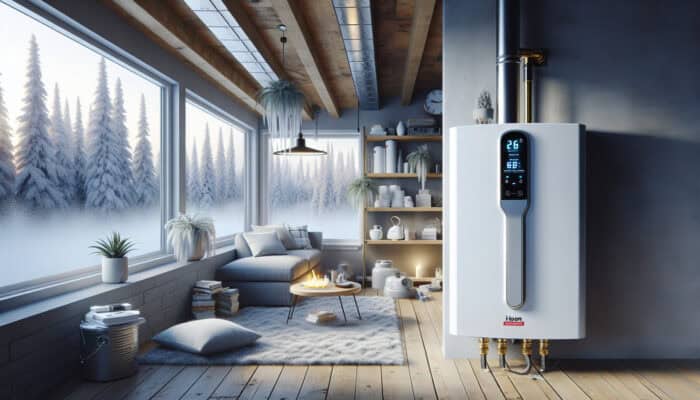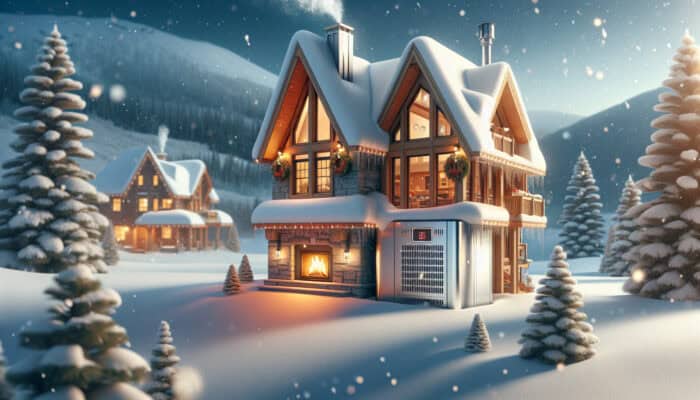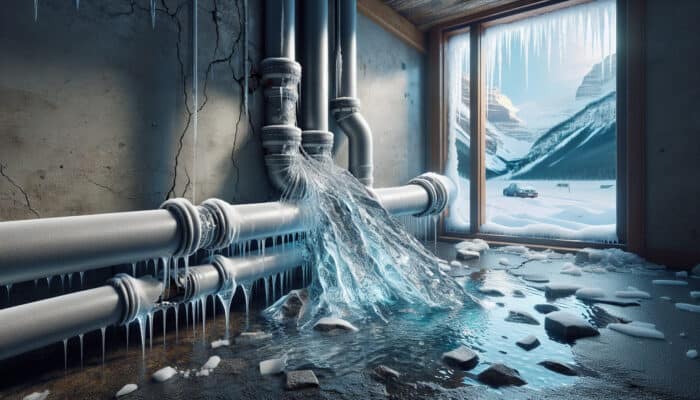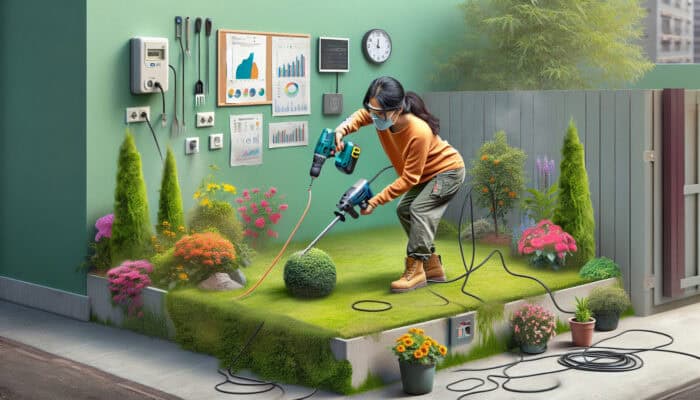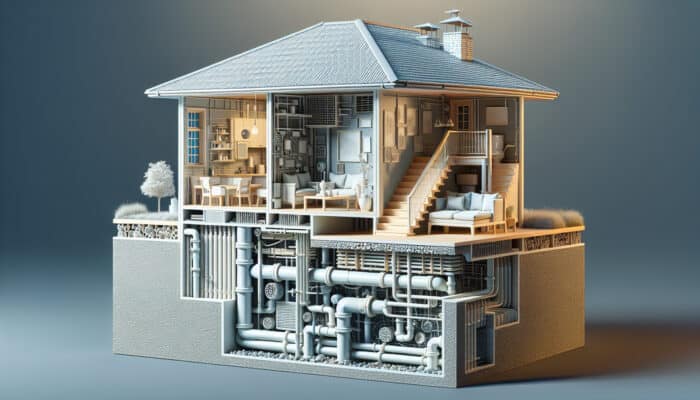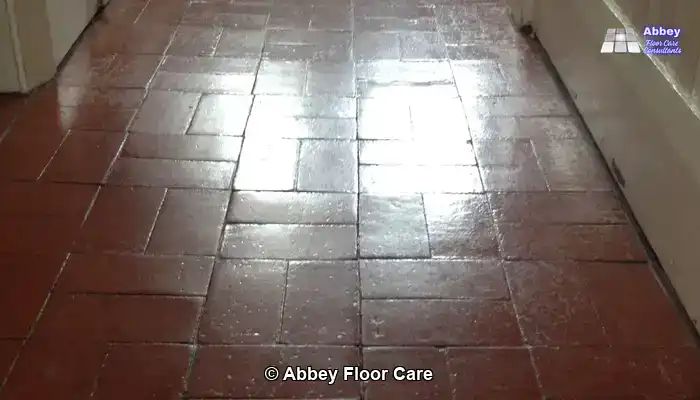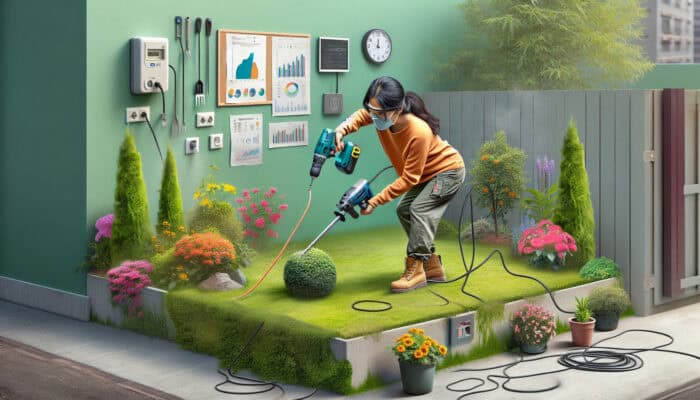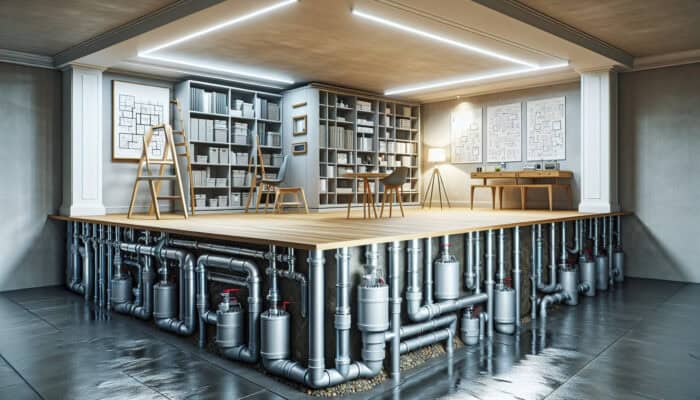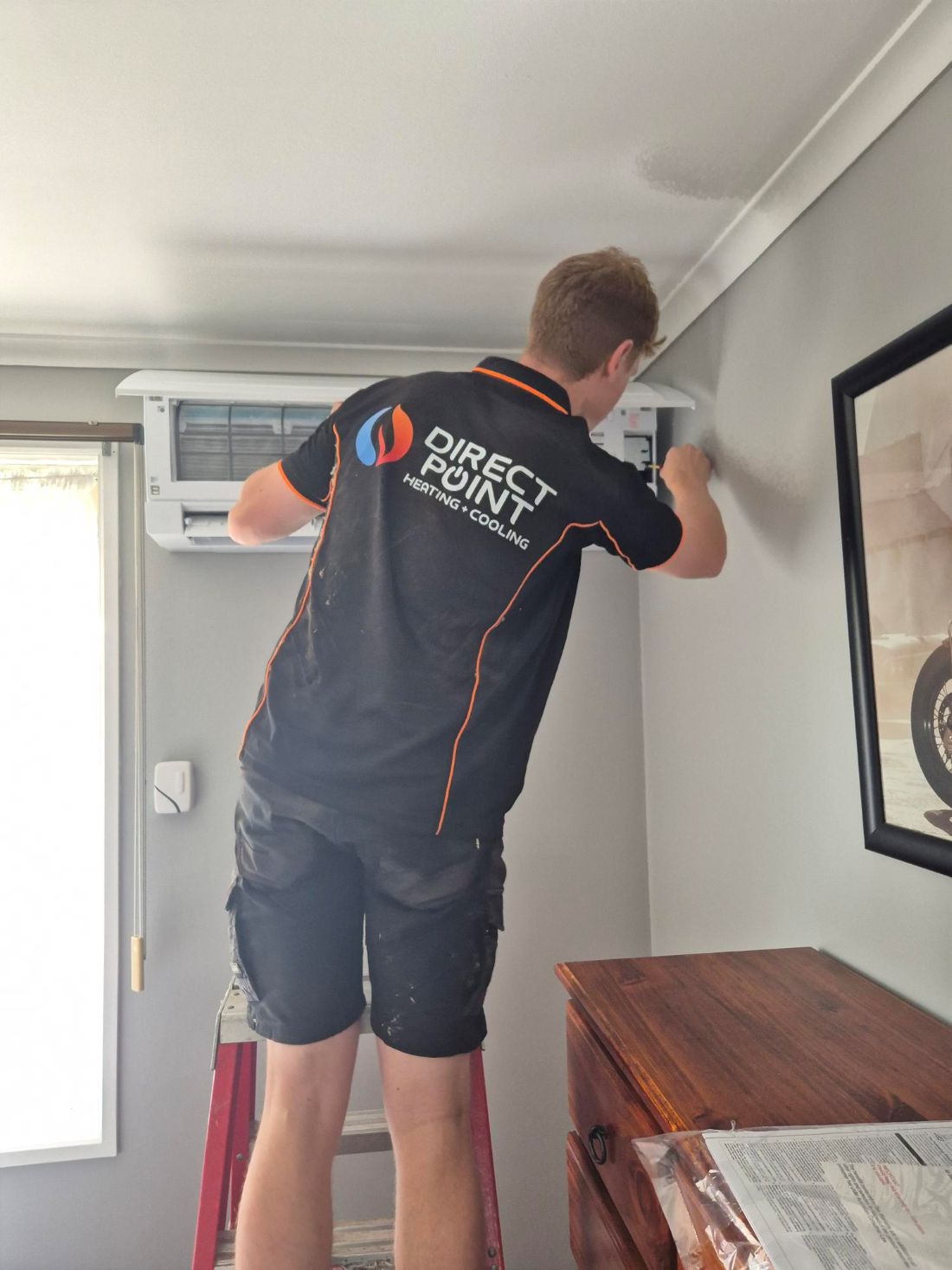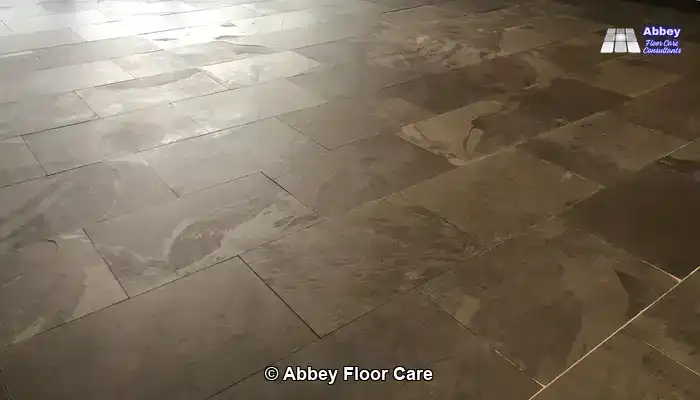Homeownership is a rewarding experience but comes with many new responsibilities. One of the most important of these is maintaining your plumbing system in a good working condition.
While calling a plumber for any major issues is always recommended, homeowners can use several DIY plumbing tips to tackle small repairs or prevent problems altogether. These easy plumbing tips include knowing where the main water valve is and how to remove clogs. Check out the following list of key items.
1. Turn off the Water
A plumbing emergency can happen anytime, so knowing how to shut off the water is important. Whether you’re making a home improvement project that requires the water to be shut off, or going on vacation, it’s important to know how to do this quickly in an emergency.
One of the first things a new homeowner should do is find out where the main water valve is for the house. The valve usually has a round handle that controls a gate that moves up and down inside the pipe to allow or block water. A new homeowner should also familiarize themselves with the layout of their pipes and how to shut off the water for each fixture in the home. This will help them avoid flooding their house if there’s ever an emergency situation.
For example, if the washing machine or dishwasher experiences an issue that could flood the room, shutting off the water supply to this fixture will prevent the problem from spreading and save the entire house from a costly repair bill. Another reason to shut off the water is to reduce the risk of a “water hammer” from occurring, which can cause damage to pipes and fixtures. This problem can happen when a sudden increase in pressure occurs in a short period of time. Typically, the source of the pressure is a leak in a valve or a fitting.
Finally, homeowners should turn off the water before leaving for a vacation to prevent a small leak from becoming a huge problem while away. This is especially important for winter trips, as freezing temperatures can make pipes burst and cause expensive water damage.
2. Turn off the Drains
The plumbing system in our homes is a complex, intricate network that brings in water, heats it for washing and distributes it throughout the house. It's easy to take this essential service for granted, until something goes wrong with it — like a leak or clog. But with a few DIY plumbing tips, you can tackle many problems quickly and easily.
Rather than using chemical drain cleaners, it is recommended to check the p-trap and turn off the water supply valve underneath each sink (it usually looks like circular knob valves or levers). Then you can easily remove and clean out the trap to prevent future clogs. To keep your sinks smelling fresh, try pouring baking soda and vinegar down each drain once a week. This non-toxic solution is more effective than chemical cleaners, and won't leave behind the noxious chemicals that can irritate your lungs.
If you're planning a major plumbing project, consider installing separate shut off valves so that you can turn off only the water to the area you need to work on. This eliminates the “all or nothing” problem that can occur when a single fixture stops working, and makes it much easier to fix problems with your kitchen or bathroom.
If you're getting ready to winterize your home, you can prevent damage to pipes by draining the entire house before putting it away for the season. Start by opening the faucets on the top floor to let the water flow out, then open a faucet on the lowest level to drain any remaining water. Make sure to open the laundry tub and sinks, as well as toilets, and flush each one before storing them. You can also add plumbing anti-freeze, available at most hardware stores, to all your sinks, bathtubs and toilets.
3. Turn off the Water Heater
One of the most important things you can do for your home plumbing system is to turn off your water heater. This will help prevent leaks, water damage, and even fires. It is simple to do and can save you a lot of time, money, and headaches in the long run. It is also a good idea to do this before leaving on vacation, as it will help prevent costly damages in the event that something goes wrong while you’re away.
You can turn off the water heater easily enough by turning a valve. This is usually located in the garage or in a room where the water heater is stored. If you are unfamiliar with where the valve is or how to turn it off, you should consult a plumber before you try it on your own. There are different ways to shut off gas or electric water heaters depending on the type you have, so be sure you know how to do this before trying it yourself.
If you do have a water leak, it is a good idea to shut off the main water supply to your house before leaving on vacation. This will stop any further damage if the leak is bad enough to burst a pipe while you’re gone. Having someone check in on your house during your vacation is also a good idea to ensure no water leaks are occurring.
Most homeowners have heard that it is a good idea to turn off the water when they go on vacation. This can prevent expensive water damage that might occur in the event of a broken water heater or leaking pipe. It is also a good idea to shut off the water when you are also making repairs to your plumbing system.
4. Check for Leaks
Some leaks are obvious – they’re gushing from a pipe, or perhaps you notice puddles around the house. But other leaks are harder to detect and can cause a lot of damage over time. These include hidden leaks in hot water tanks or boilers, leaking taps or showers and blocked drains. They can also rack up your water bills, leading to mildew and mould.
It’s worth doing a little investigation before you call in your plumber to find these hidden leaks. Start by turning off all the water-use appliances in your home (dishwasher, washing machine and even the outdoor faucet). Then read your meter and note the numbers. Wait 1 or 2 hours and check again – if the dials have moved, you probably have a leak.
You can try some simple DIY fixes like tightening a compression nut or coating the fitting with Teflon joint compound (available at most home centres and hardware stores). But for hard-to-reach leaks, it’s often best to call in a plumber who can pinpoint and repair the problem more easily.
Having good plumbing is about more than just being comfortable in your home or reducing the cost of your water bill – it’s also about preserving our precious resources. According to the EPA, a typical household wastes up to 10,000 gallons of water a year due to leaks and inefficient toilets and faucets. If you catch and fix these leaks before they become a big problem, it can save you thousands in repairs and reduce your environmental impact. So make checking for leaks a regular part of your home maintenance routine. And be sure to watch what you put down your drains, too – pouring fats and cooking oil down the drain will harden and block your pipes in no time.
5. Remove Clogs
Everyone knows how important a home’s plumbing system is. It brings in freshwater, heats it for washing and other uses, and removes waste. It’s easy to take this system for granted until something goes wrong with it. The good news is that most problems are preventable with simple steps.
Clogs are a common problem for homeowners, especially in the kitchen drain. Using a catcher in your sink can help to keep solid materials from going down the drain. This can be as simple as a wire coat hanger bent into a hook to reach the clog. It’s also helpful to regularly clean your drains with a mixture of baking soda and vinegar. This can remove soap scum and break down food particles. It’s much safer and more environmentally friendly than chemical drain cleaners, which can also be harmful to your pipes.
If you can’t remove a clog with hot water and dish soap, it may be time to use a plunger or a snake. Investing in these tools can be cheaper than calling in a professional plumber and could save you from a costly emergency.
Only three things should be flushed down the toilet: #1, #2 and toilet paper. Anything else will likely clog the toilet or cause a backup in your home’s plumbing system. Be sure to keep a trash can in your bathroom and only flush items that go down the drain or into a toilet. If you still find yourself dealing with clogged drains or toilets, it might be worth investing in a wet-dry vacuum to suck up any small objects that have fallen down the pipes and avoid expensive repairs.
The Article 5 Easy DIY Plumbing Tips to Keep Your Home Running Smoothly First Appeared ON
: https://ad4sc.com



